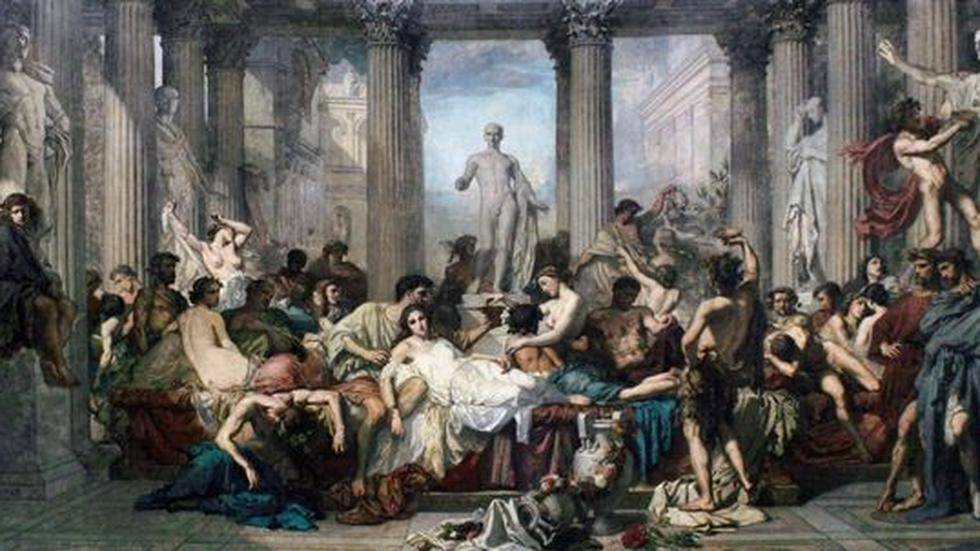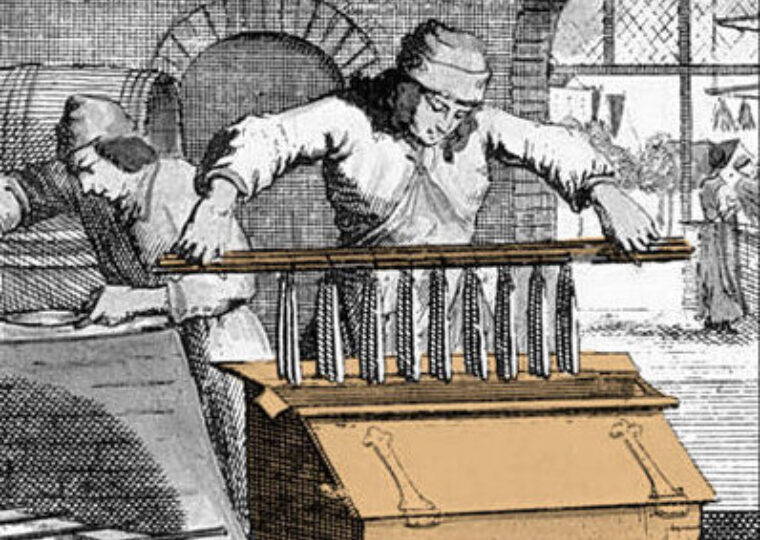The history of candles
The history of candles goes back to ancient times, where they were used as a source of light and in ritual ceremonies. Here are some important milestones in the history of candles:

“In ancient Egypt, candles were made from beeswax”
IN ANCIENT EGYPT
In ancient Egypt, candles were used for various purposes. They were used in religious ceremonies, such as lighting offerings to the gods, but also as a source of light in tombs and temples.
The candles were made from beeswax, which was a valuable commodity. They were often used in the tombs of the pharaohs to provide light to the deceased in the afterlife.
In ancient Egypt, candles were also used for medicinal purposes, as the smoke from burning beeswax was believed to have healing properties. Beeswax candles were often very decorative, with intricate patterns and shapes carved into the wax.
In summary, candles played an important role in ancient Egyptian society and were widely used for religious, practical and symbolic purposes.

“candles were also widespread in the Roman Empire”
IN THE ROMAN EMPIRE
In the Roman Empire, candles were used for a variety of purposes, including religious ceremonies, decoration, and as a source of light. The most common material used to make candles was tallow, which was extracted from animal fat.
Candles were often used in religious ceremonies, such as lighting votive candles in temples to honor the gods.
Candles were also used for everyday purposes, such as providing light for reading, writing, and other tasks that required good lighting. They were an important part of daily life in the Roman Empire and were widely used throughout society.

“Candles were made from tallow or beeswax.”
In the Middle Ages, candles were an important source of light and were used for various purposes. They were used in churches for religious ceremonies, such as lighting during services. They were also used in houses, monasteries and castles to provide light and heat.
At the time, candles were made from tallow (animal fat) or beeswax and were expensive, making them a precious commodity that only the wealthy could afford. As a result, they were often used sparingly and reserved for special occasions and religious ceremonies.
Candles were also used for everyday purposes, such as providing light for reading, writing, and other tasks.
In addition to their practical use, candles also played a symbolic role in the Middle Ages. They were considered a symbol of enlightenment and were often used in religious ceremonies to symbolize the presence of God.

“Mass production was made possible by the dipping process”
The Industrial Revolution brought significant changes to the manufacture and use of candles. With the development of new technologies and the rise of manufacturing industries, candles became more accessible to the general public.
One of the most important innovations in candle making during this period was the introduction of the dipping process, which allowed for the mass production of candles. Previously, candles were made by hand, a time-consuming and labor-intensive process. The dipping process allowed for faster and more efficient production of candles, making them more affordable and accessible to a greater number of people.
The Industrial Revolution also brought improvements in the quality of candles as new materials were introduced, such as paraffin, which was cheaper and easier to work with than traditional materials such as tallow and beeswax.
In addition to changes in production, the use of candles also changed during this period. With the introduction of new lighting technologies such as gas and electric light, candles became less important for lighting purposes. However, they remained popular for religious, decorative and symbolic purposes.
Overall, the Industrial Revolution brought about major changes in the production and use of candles, making them more accessible and available to people.
